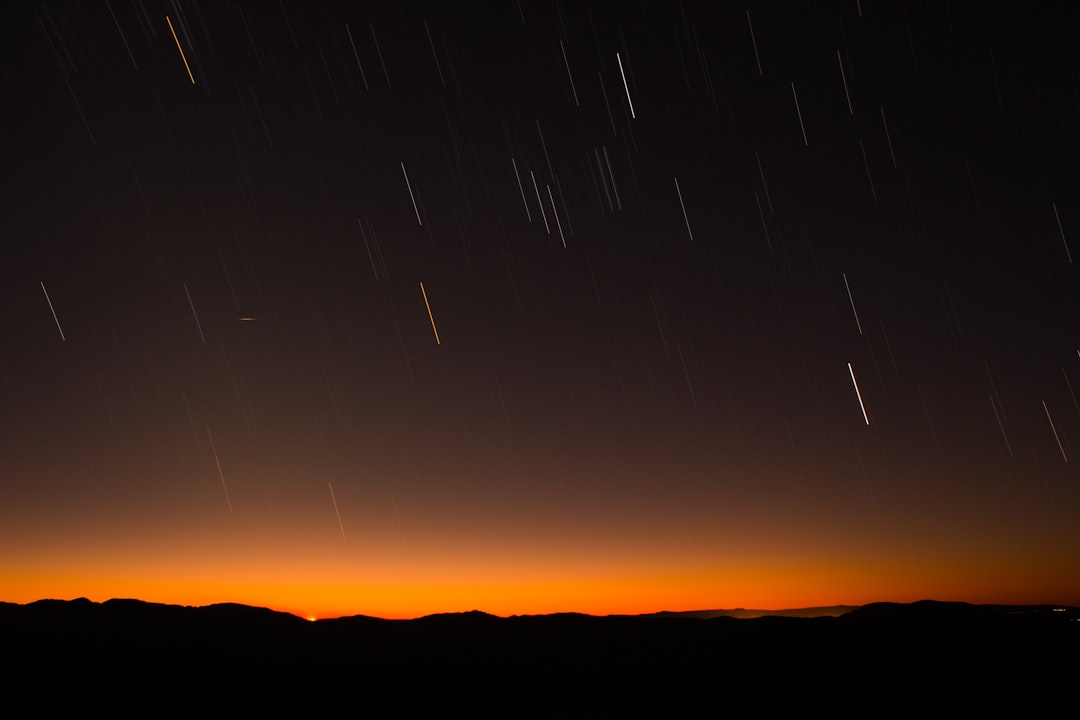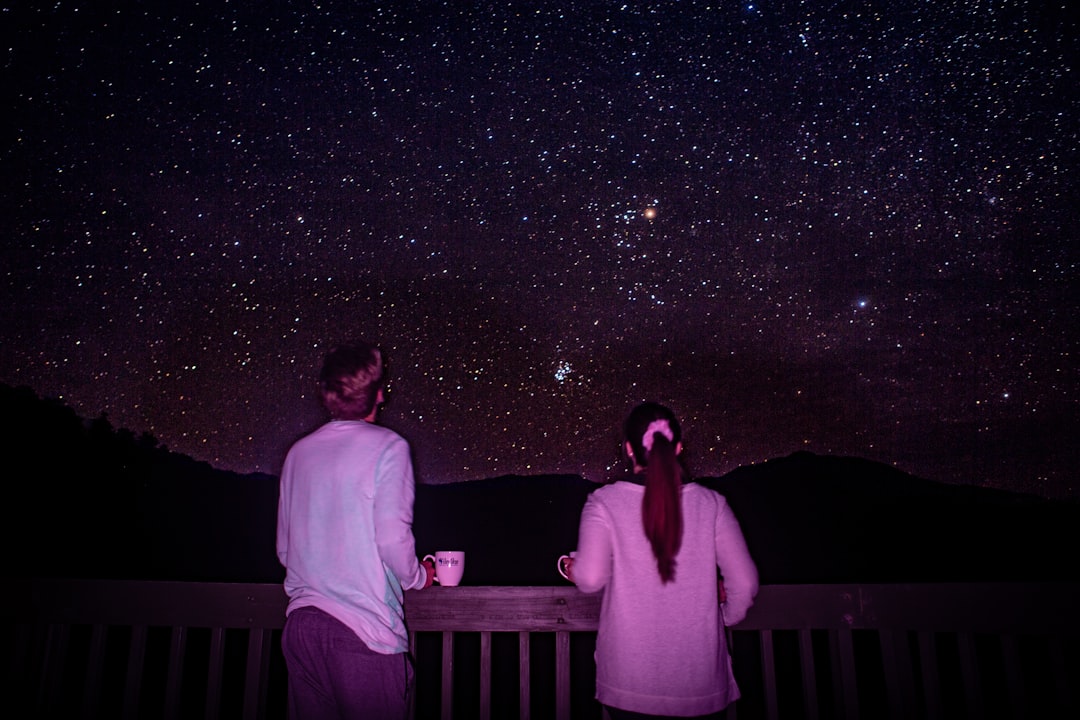Cross your fingers and hope for clear skies tonight – because it's the Lyrid meteor shower! Technically, the Lyrid meteors take place all through late April. Tonight and tomorrow night (21 and 22 April) are particularly special, however, because the shower will be at its peak.
Get your telescopes, binoculars, or deckchair ready – there could be as many as 10 to 20 meteors per hour tonight! If you are "Under Lucky Stars" and the sky is clear and dark, then you should be able to soak up the peak for a couple of hours.
Make sure you have some coffee in the house though, it is predicted that the peak will be at 2 am EDT. So for all you folk in North America, you may be yawning through the height (but you'll have wonderfully dark skies).
If you're in Europe, then you'd better have an early start and be at the viewpoint for 6:00 am. The rest of you, here's a handy time difference calculator!
What is so special about the Lyrid Meteor Shower?
The Lyrids are one of the brighter meteor showers. To locate them, you need to find the constellation Lyra (hence the name "Lyrid). This is fairly easy because within the constellation is Vega, one of the brightest stars which is often visible even in skies affected by light pollution. Not sure how to find Vega?
Lyrid meteors are famous for their "luminous dust trains," which stay visible for several seconds. Lyrid meteors come from Comet Thatcher (no relation to the former British PM). Astronomer A.E.Thatcher discovered this comet in 1861 – and it is expected to return in 2276.
Comets crumble from the heat of the sun, leaving a trail of ice and debris in space. Think of them as the litterbugs of space. The meteors are the remnants of this destructive shedding journey. Once a year, the path of our planet coincides with this trail, and this produces the light show we will watch tonight.
If you are in the northern hemisphere, then do wrap up this evening. It may be spring, but the evenings are still chilly! Get ready for some major shooting stars. If you get any photos, you want to share, or you just want to share your experience, do write to us!
That's not all. Guess what started on Sunday?
International Dark-Sky Week
From April 19-26, the International Dark-Sky Association (IDA) invites us to "Celebrate the Night – Virtually!"
The organization organizes this global celebration of the night through one action-packed week. Every day there will be educational and inspirational videos. Artists, astronomers, writers, scientists and photographers will be coming together for one mutual passion – our beloved night sky.
The videos range from a Crash Course in Amateur Astronomy to easy steps you can take to protect the sky from light pollution.
Now that families are spending more time together at home, this is the perfect opportunity to "reconnect with the night sky," and to quote their director Ruskin Hartley, the "International Dark-Sky Week provides a portal for that experience."
Friday, April 24 all night—Whirlpool and Pinwheel Galaxies
Enjoy these crisp April evenings try to find the Big Dipper high in the north-east. Look down towards the tip of the dipper's handle, and you should spot a bright star – this is Alkaid. If you have a decent telescope or some powerful binoculars, this will be your focus point to find the Whirlpool and Pinwheel Galaxies.
Galaxies are some of the hardest deep sky objects to observe – but also some of the most rewarding. Imagine seeing an area made up of a trillion or more suns. You may discern a spiral shape or stellar condensations.
To quote Vincent Van Gogh:
"For my part, I know nothing with any certainty, but the sight of the stars makes me dream."
Read "galaxy" for stars, and you get the idea!
Which galaxies are best to observe this Friday night?
Pinwheel Galaxy: a.k.a "Messier 101" is to the left of Alkaid. A "mere" 21 million light-years away, this galaxy is one of our nearer neighbors.
Whirlpool Galaxy: Just to the top right of Alkaid, you will find this galaxy, otherwise known as "Messier 51". It is a smaller galaxy, but it may appear brighter to you.
Monday, April 28: Venus shines her brightest all year
As far as planets go, the one to look out for this month is Venus. The dazzling "evening star" will glow more brilliantly than ever next Monday evening. For the month, Venus will pass the Pleiades Cluster and may shine so bright it is even visible to the naked eye. On the evening of April 28 Venus will shine its brightest all year. It will be 20 times brighter than even Sirius – the most shining star in the night sky!
If you are fortunate enough to live in an area free from light pollution, Venus may even shine bright enough to cast dim shadows.
As always, whichever night sky you are under, we wish you a wonderful week from Under Lucky Stars.
Happy stargazing!




